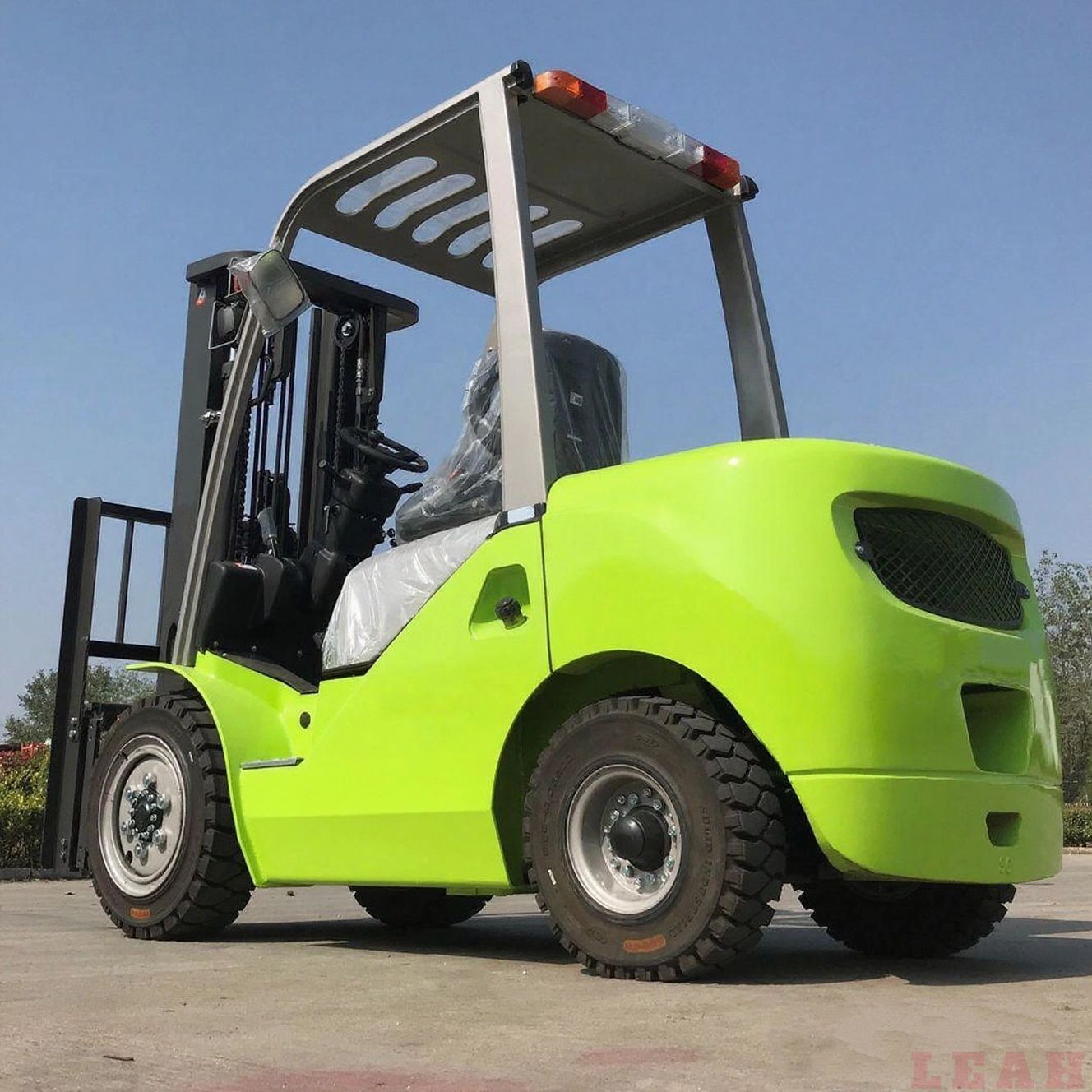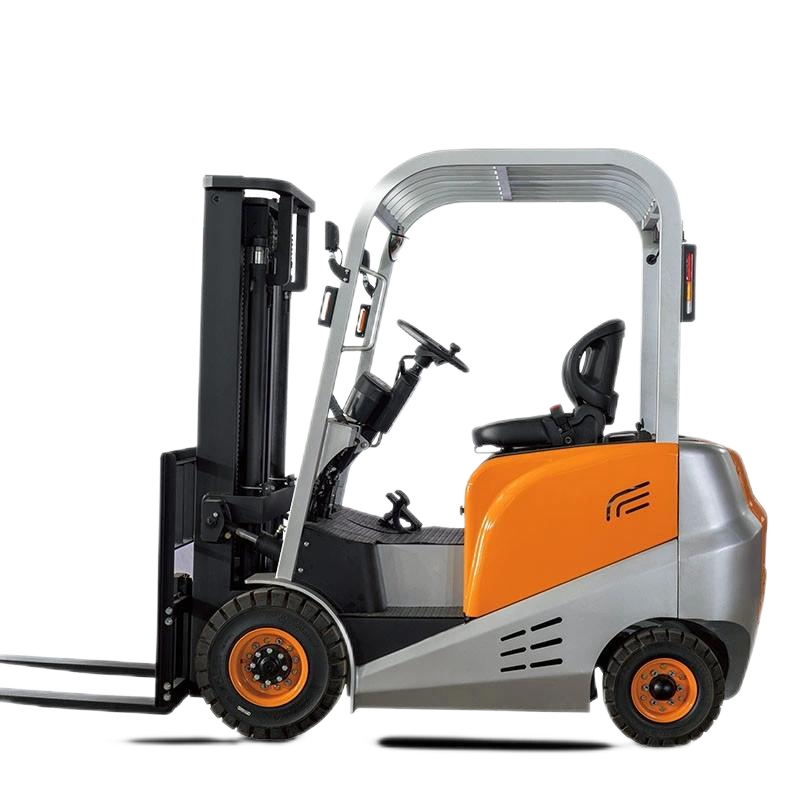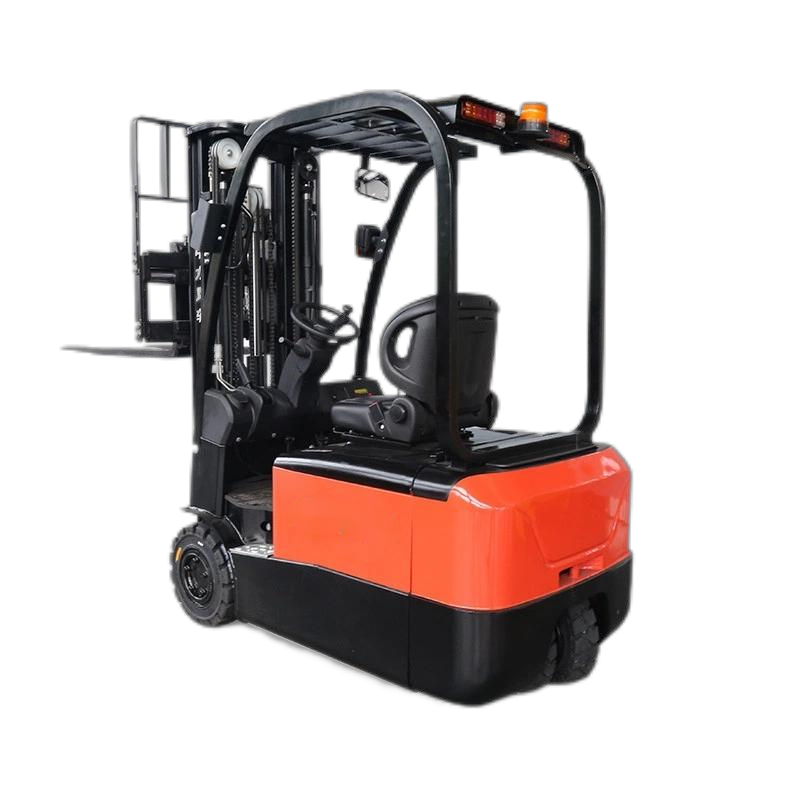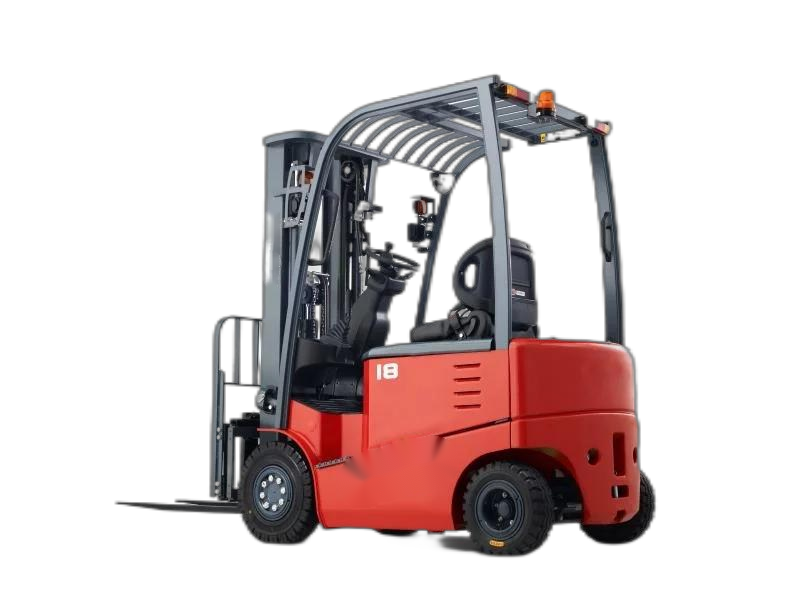Common Types of Forklift Accidents
Common forklift accidents are mainly categorized into five types: collisions, rollovers, cargo falls, runovers, and electric shocks. Among these, collisions and rollovers account for the highest proportion, mostly caused by improper operation or environmental hazards.

I. Collision Accidents: High-Frequency Risks with the Highest Proportion
This is the most common type of forklift accident, mainly occurring during operation, involving pedestrians, other equipment, or buildings.
- Accident Manifestations: Collisions between forklifts and pedestrians result in injuries; collisions with shelves, columns, or other vehicles cause equipment damage and cargo collapse.
- Main Causes:
- Forklifts have blind spots, and operators fail to observe surrounding personnel or obstacles.
- Excessive driving speed, especially failing to slow down and sound the horn at intersections or corners.
- Unreasonable layout of factory passages, leading to overlapping routes for pedestrians and forklifts.
- Prevention Key Points: Maintain low-speed driving; sound the horn in advance, slow down, and observe the surroundings when turning or passing intersections; set isolation signs in passages to separate pedestrian and forklift routes.
II. Rollover Accidents: One of the Risks with the Most Severe Consequences
Mostly occurring during turning, driving on ramps, or load imbalance, rollovers can easily cause serious injuries or even death to operators.
- Accident Manifestations: Forklifts tip over to one side due to center-of-gravity shift, resulting in body deformation and potential collapse of surrounding cargo or equipment under pressure.
- Main Causes:
- Excessive speed when turning, causing the center of gravity to exceed the support range due to centrifugal force.
- Improper cargo loading leading to center-of-gravity shift (e.g., uneven weight on one side, overheight or overwidth loads).
- Driving horizontally on ramps or emergency braking, where the ramp angle exceeds the maximum allowable angle for forklifts.
- Prevention Key Points: Slow down in advance before turning and maintain stable steering; ensure the cargo’s center of gravity is centered during loading, without overloading or overheight; avoid driving horizontally on steep ramps.
III. Cargo Fall Accidents: Directly Causing Property Loss
During loading, unloading, or transporting cargo, the cargo may slide off the forks, potentially injuring personnel or damaging items below.
- Accident Manifestations: The cargo tilts or slides—minor cases result in cargo damage, while severe cases injure on-site operators or damage equipment.
- Main Causes:
- The forks are not fully inserted into the bottom of the pallet, or the insertion depth is insufficient, leading to unstable force bearing.
- The cargo is stacked too high or loosely, without proper fixation, causing it to shake and fall during driving.
- Excessive speed when lifting or lowering the forks, resulting in the cargo’s center of gravity shifting.
- Prevention Key Points: Fully insert the forks into the pallet to ensure the cargo’s center of gravity is between the two forks; do not stack cargo beyond the forklift’s specified height, and use ropes for fixation if necessary; operate the lifting handle smoothly.
IV. Runover Accidents: Mostly Caused by Unauthorized Entry of Personnel into Operation Areas
Usually occurring when forklifts are reversing or turning, personnel stay in the operator’s blind spots and are run over by the wheels.
- Accident Manifestations: Personnel are run over by forklift wheels, causing severe injuries such as fractures and internal organ damage, or even death.
- Main Causes:
- Pedestrians enter forklift operation areas without authorization (e.g., not taking designated passages, staying behind forklifts).
- Operators fail to check the rearview mirror when reversing or do not activate the reverse warning sound/light.
- Poor lighting in the operation area, obstructing visibility.
- Prevention Key Points: Set "No Pedestrian Entry" signs in operation areas; operators must confirm no one is around before reversing; maintain adequate lighting in operation areas and regularly inspect reverse warning devices.
V. Electric Shock Accidents: Unique Risks for Electric Forklifts
Occurring only during the charging or battery maintenance of
electric forklifts, caused by electrical faults or improper operation.
- Accident Manifestations: Operators come into contact with live parts while charging or replacing the battery, leading to electric shock—severe cases result in electric shock casualties.
- Main Causes:
- Damage or aging of battery connecting wires, causing electric leakage.
- Non-standard operation during charging (e.g., touching the charging port with wet hands, faulty chargers).
- Failure to wear protective equipment such as insulating gloves during battery maintenance.
- Prevention Key Points: Regularly inspect battery circuits and replace damaged parts immediately; keep hands dry during charging and use qualified chargers; wear insulating protective gear during battery maintenance.








